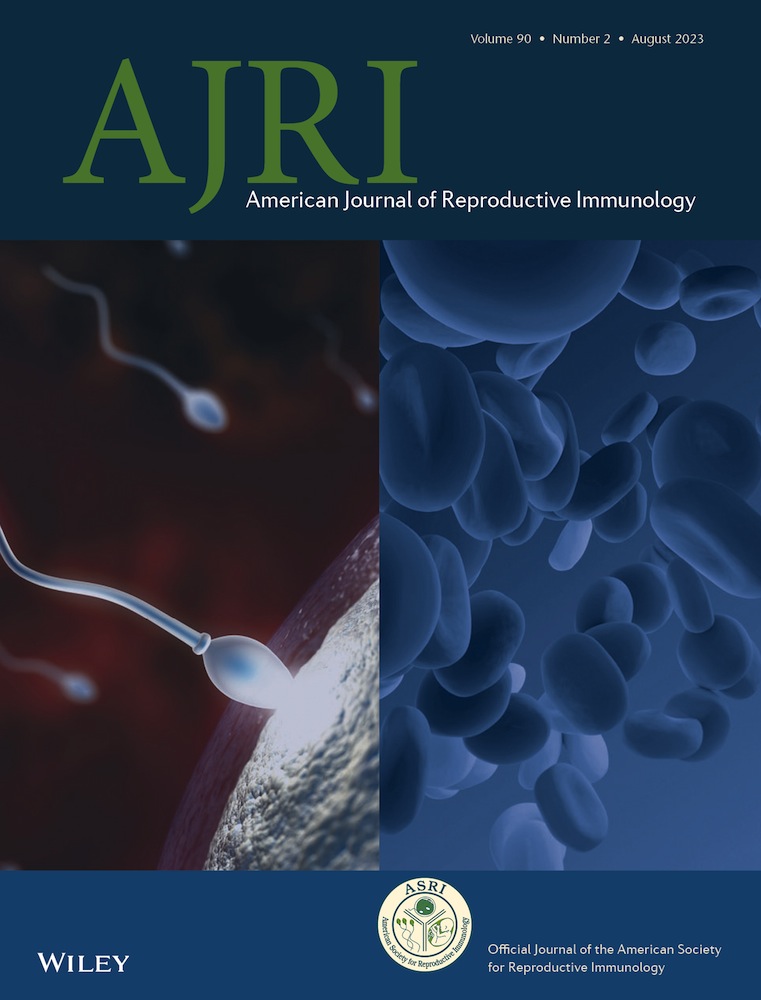WIF1 promoter hypermethylation induce endometrial carcinogenesis through the Wnt/β-catenin signaling pathway
Baohua Zhang and Jing Ji are made an equal contribution to this work.
Abstract
This study explores the mechanism underlying WIF1 promoter methylation and its relationship with the pathogenesis of endometrial carcinoma. WIF1 promoter methylation was detected using methylation-specific polymerase chain reaction (MSP). WIF1 expression was examined through qRT-PCR and western blotting. Furthermore, 5-aza-2′-deoxycytidine (5-Aza) was used to demethylate the WIF1 promoter. The roles of WIF1 were investigated using in vitro loss- and gain-of-function assays. Xenograft models were used to analyze WIF1 expression and downstream genes, and results were confirmed using immunofluorescence and western blotting. WIF1 promoter methylation in endometrial cancer cells was significantly higher than that in normal cells, but the WIF1 mRNA and protein levels were reduced. The expression of WIF1 increased significantly after 5-Aza treatment (p < .05). Thus, 5-Aza treatment can inhibit the proliferation of endometrial cancer cells and induce apoptosis, while knockdown of WIF1 significantly inhibits the effects of 5-Aza. 5-Aza treatment can also inhibit Wnt pathway genes, including phosphorylation of β-catenin protein, c-Myc, and CyclinD1, inhibit downstream functional genes, and activate the tumor suppressor gene APC, which can be blocked by WIF1 knockdown in endometrial carcinoma cells. Finally, 5-Aza inhibited the proliferation of subcutaneous tumor-bearing nude mice with endometrial cancer cells, but the effect was weaker than that of WIF1 overexpression. Our research shows that WIF1 promoter hypermethylation may promote the progression of endometrial cancer by downregulating WIF1 expression, activating the Wnt/β-catenin pathway, and promoting proliferation and inhibiting apoptosis. WIF1 may be a potential biological target for gene therapy and drug development for the treatment of endometrial cancer.
CONFLICTS OF INTEREST STATEMENT
The authors declare no conflicts of interest.
Open Research
DATA AVAILABILITY STATEMENT
All data included in this study are available upon request by contact with the corresponding author.




